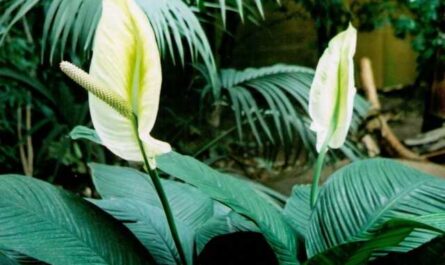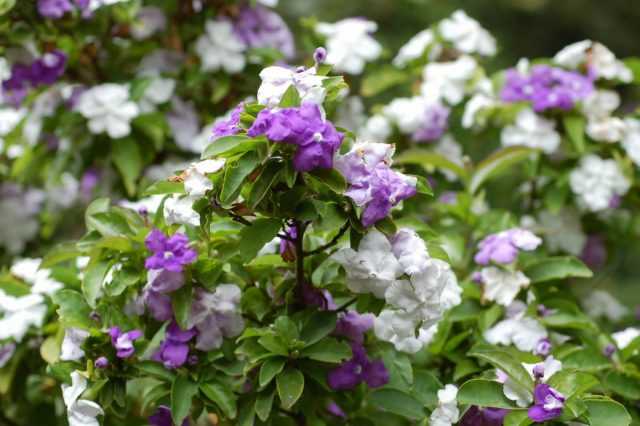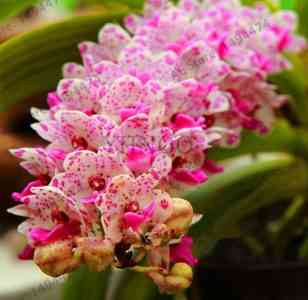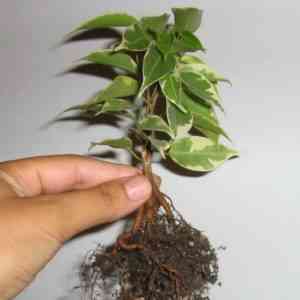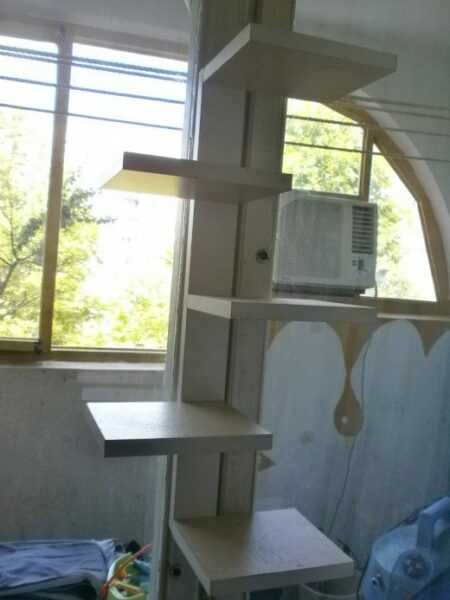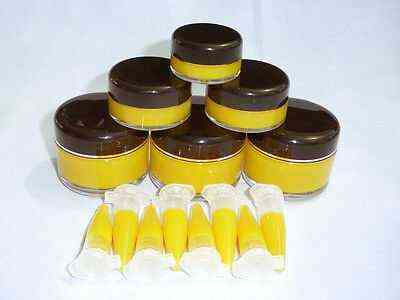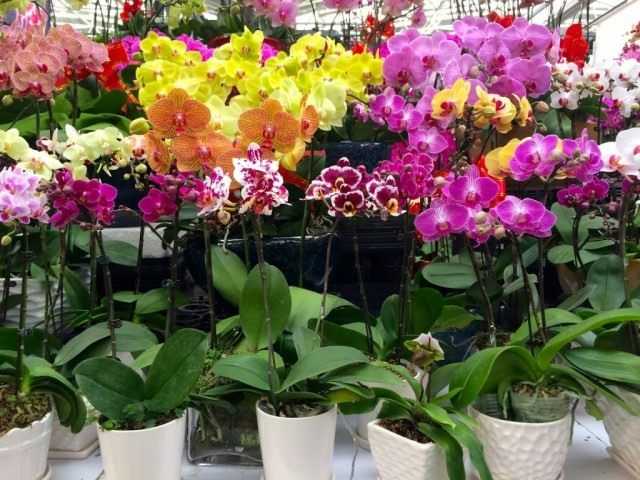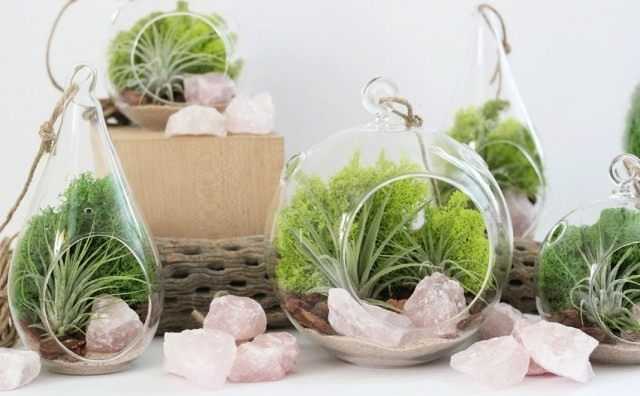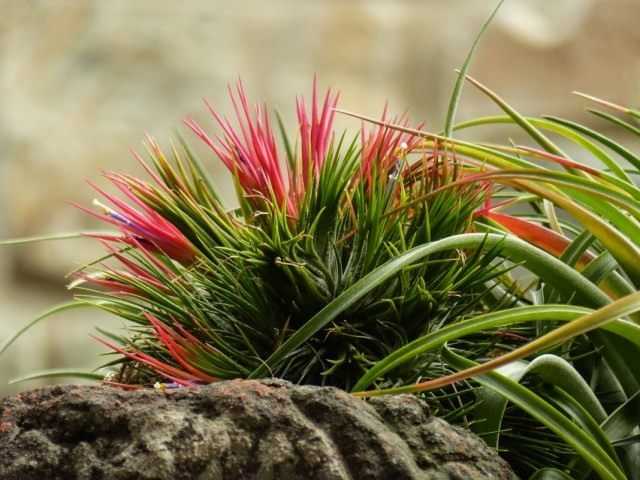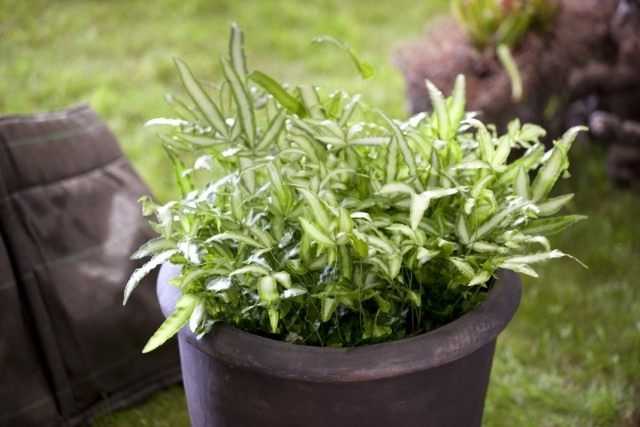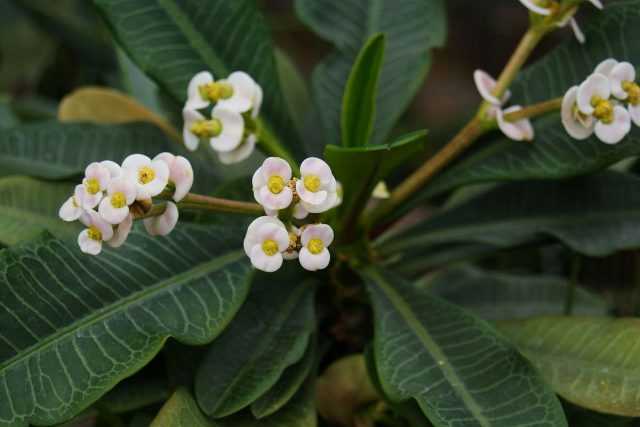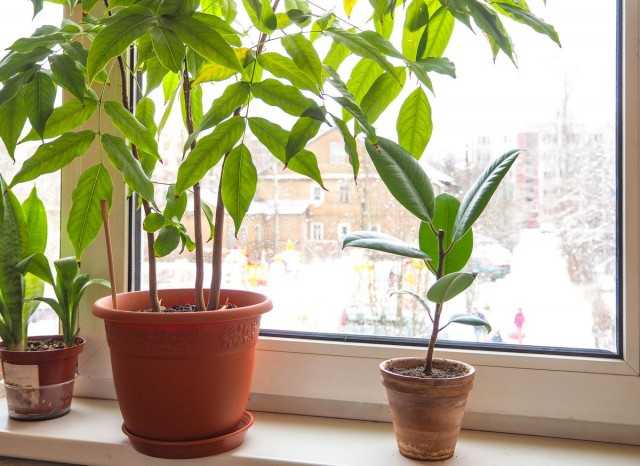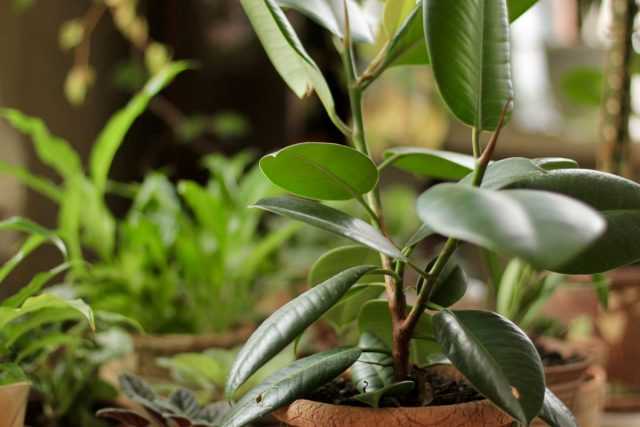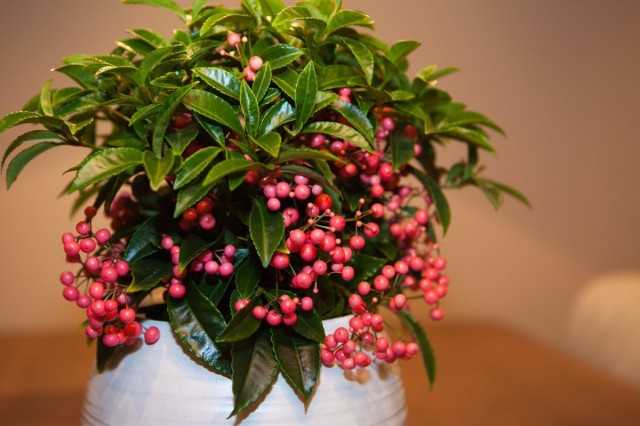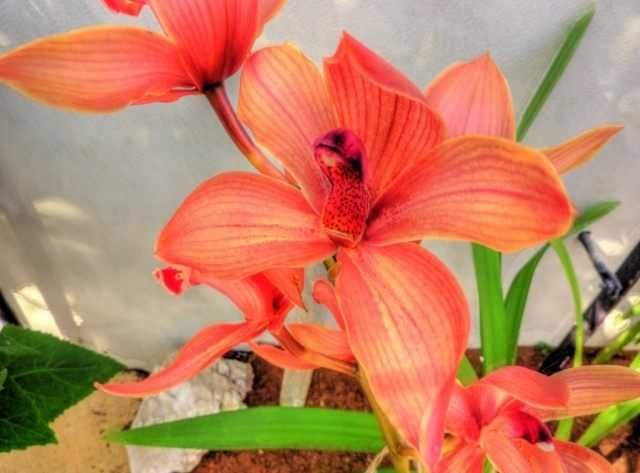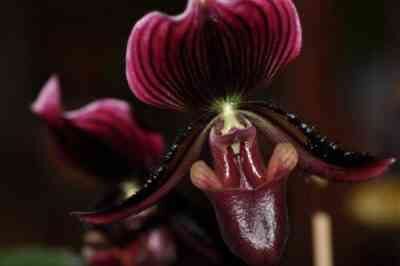All indoor begonias (Begonia) came to us from the tropics and subtropics of Asia, Africa and America. They can be divided into three groups: decorative deciduous, bush and tuberous begonias. Tuberous begonias (Begonia tuberhybrida) reproduce with the help of tubers, as evidenced by their name. Many varieties of this group of begonias can be found on sale. Their flowers are unusually bright and spectacular, in shape they resemble a rose.
Decorative blooming tuberous begonias. Farmer Burea-Uinsurance.com BotBln
The flowers of tuberous begonias are non-double, semi-double and double; all kinds of shades of white, pink, orange, yellow and red. In height, tuberous begonias reach 35-50 cm, their stem is fleshy, the leaves are asymmetrical. Another type of tuberous begonias is tuberous begonia (Begonia tuberhybrida pendula). This is an ampelous plant that looks charming in a hanging planter or basket. Tuberous begonia also includes multiflorous begonia (Begonia multiflora), which is distinguished by a large number of small flowers.
Tuberous begonias are light-requiring and tolerate only slight shading. In winter, they need a cool, at about 13 degrees, content; in summer, the optimum temperature is about 20 degrees. Begonias require high air humidity, it is better to place them on a pallet of wet pebbles or in a double pot of peat. When spraying, avoid getting water on the leaves, try to humidify the air around the plant.
In the store, you can buy both an already flowering plant and tubers. It is better to buy tubers in spring. Before planting, they must be soaked in some kind of fungicide (for example, in “Vitaros”) and thoroughly dried to prevent the development of rot. After that, the tubers are planted in boxes with moist peat, which are kept at a temperature of 15-20 degrees, when the sprouts become 5 cm long, the plants must be transplanted into separate pots.
As a soil, you can use a ready-made substrate “Begonia”, or a mixture of sod and leafy soil, humus, peat and sand in a ratio of 2: 1: 1: 1: 1. For long and abundant flowering, tuberous begonias must be fed with a complex fertilizer for flowering plants. Watering begonias during the flowering period should be abundant, but the soil should not be waterlogged. After the end of flowering, watering is stopped, the shoots are cut off, the tubers are removed from the ground, pickled, dried and stored in peat at a temperature of about 13 degrees.
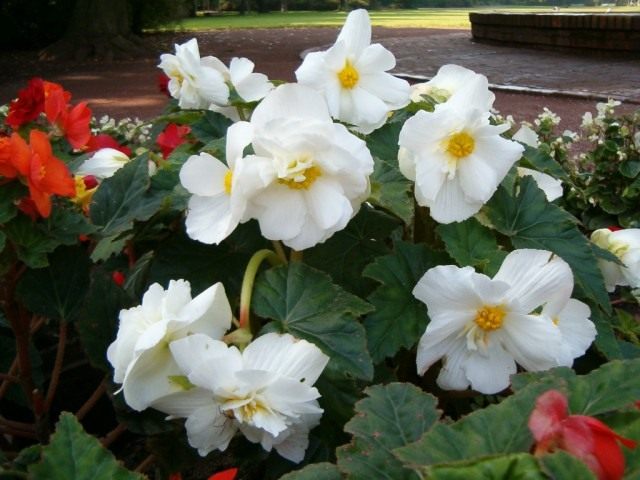
Tuberous begonias are susceptible to fungal diseases. If you find white bloom on the leaves, then the plant is affected by powdery mildew. It is necessary to remove all diseased leaves and treat the begonia with a non-specific fungicide. Brown spots on the leaves, on the surface of which a gray bloom appears, are formed as a result of infection with gray mold. It is necessary to separate the diseased plant from the rest, remove the affected leaves and ventilate the room where the begonia is kept well. Spraying with a fungicide is also required.
Of the pests, begonias are affected by aphids and red spider mites. A number of problems arise with care errors. Dry leaf tips indicate low air humidity; thin and poorly leafy stems – about a lack of light; dry and twisted leaves – about too high an air temperature; yellow, wilting and rotting leaves – about excess moisture in the soil. Falling buds can be caused by dry air or waterlogging of the earth. If the plant dies, inspect its tubers. They can be affected by nematodes, in this case there will be swellings on the roots, or by a weevil, then you will find burrows eaten in the tuber. Rotten roots indicate excessive watering.

All problems in care are fully compensated by the spectacular appearance of flowering begonias, which will decorate any room and cheer up with their brightness and expressiveness.
